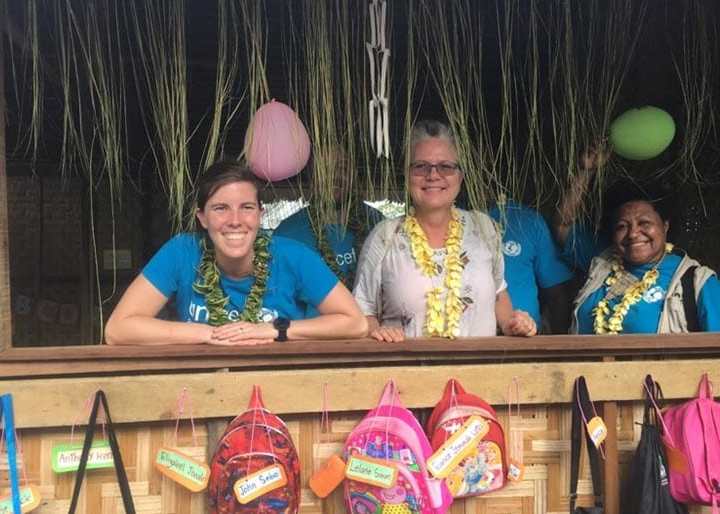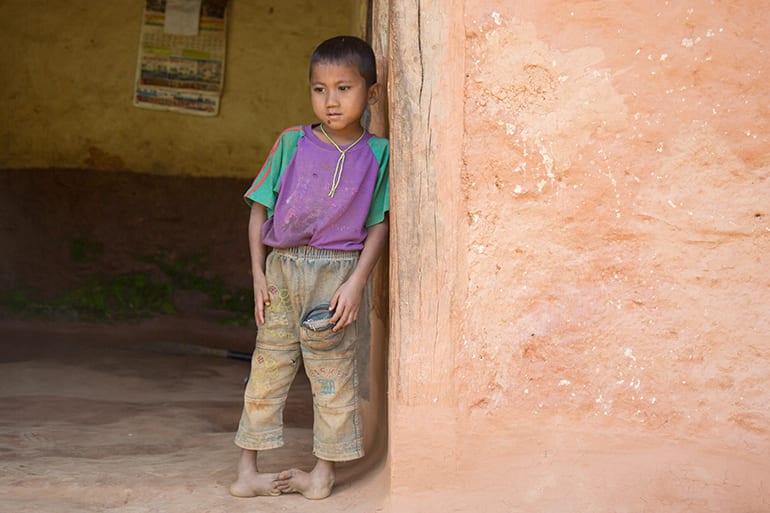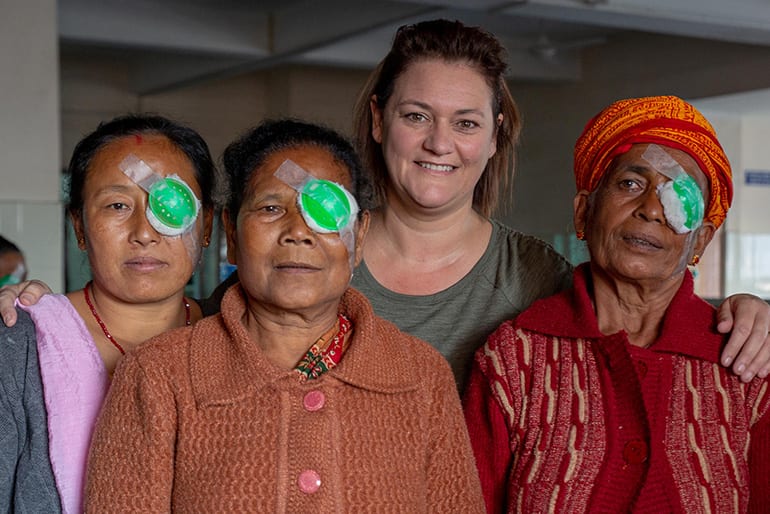Building inclusive and resilient communities
Our Community Based Inclusive Development programs work to build resilient communities that are inclusive of all marginalised groups and their rights, in particular, people with disabilities.
We work with communities so everyone understands the importance of including and supporting people with disabilities. Our programs support people with disabilities and their families, through treatment, rehabilitation and provision of assistive devices such as hearing aids or wheelchairs, to enable people with disabilities to go out and participate in the community.
Many of our partners employ people with disabilities and this greatly assists with providing the best insights and service.
Our programs
Our programs work at different levels of the health care system — from small community primary health clinics through to large regional hospitals.
Access to therapy and assistive devices
- Training health workers on how to find people who need physical rehabilitation and refer them for the treatment and support they need. Finding children earlier, because the earlier children are supported, the better their chances of doing well in the long run.
- Physiotherapy and rehabilitation services to support children and families after surgery or with ongoing disability-related needs.
- Providing much-needed devices such as wheelchairs to help people participate in and move around their community.
- Training and empowering family members to conduct at-home rehabilitation activities for children with disabilities.
- Identifying children with physical disabilities early, because the sooner they receive support, the better their chances.
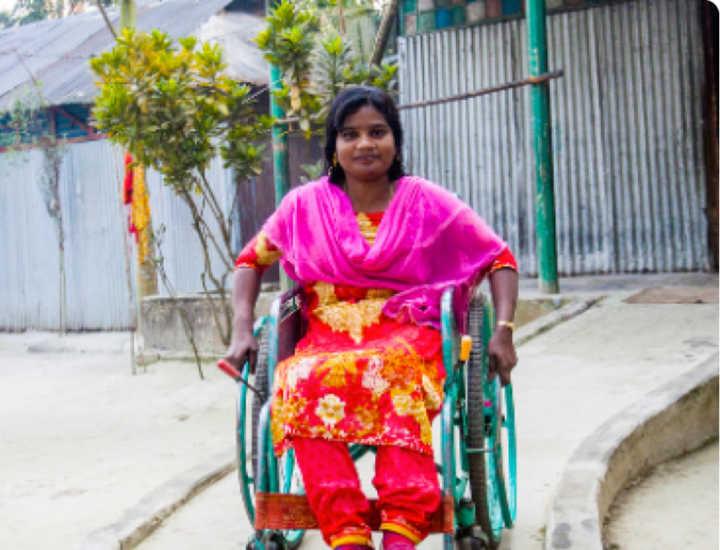
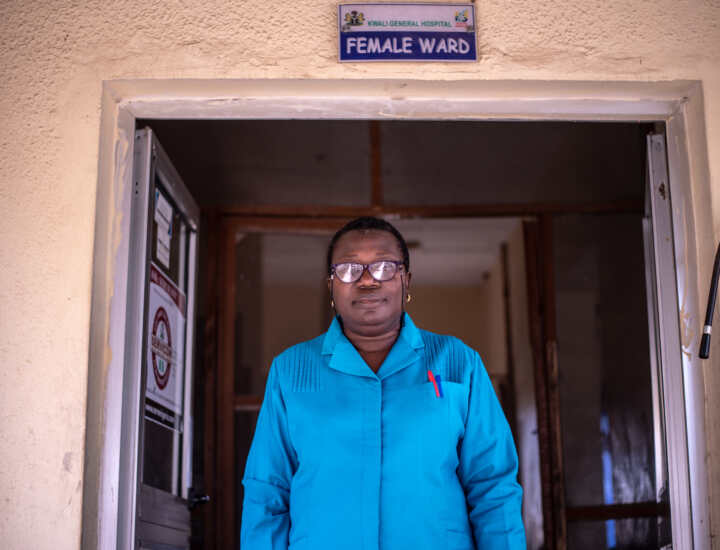
Awareness raising
- Our partners have a special focus on training community-based health workers so that they can identify and refer people with, or at risk of, disability for treatment and support services.
- Training doctors, nurses and health workers to build their skills so they can achieve excellent results for adults, children and families.
- Providing health workers with posters and brochures in local languages to raise awareness in communities on how to prevent, treat and manage certain health issues, and what services are available locally.
- Training family members and caretakers in home-based therapy and rehabilitation activities for people with disabilities.
Systems strengthening
- We aim to work with government wherever possible to increase our impact. For example, by linking with the Ethiopian Ministry of Health and promoting the Ponseti method for clubfoot treatment, we were able to improve access to this life-changing treatment for children in Ethiopia.
- We aim to work with government wherever possible to increase our impact. This includes supporting self-help groups and organisations of people with disabilities to work with local government to help influence and shape their policies and ways of working to get them thinking about disability; to get disability issues included in local government budgets; and to help people with disabilities access government services and support (and ensure they are inclusive).
- Some of our projects reach the national level by supporting university training curricula. This means future physiotherapists and other medical specialists will be well-equipped to support people with disabilities.
- Referral of people with disabilities between services is key. People with disabilities and their organisations, along with parent organisations, are strong advocates and represent their needs to government providers.
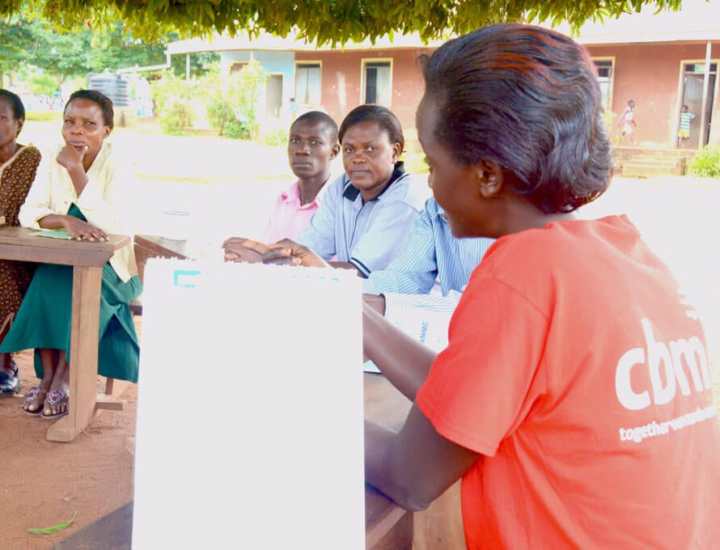
Treating clubfoot
Clubfoot is one of a number of relatively common congenital conditions that can be present from a baby’s birth.
Affecting one foot or both feet, clubfoot is where a child is born with a foot or feet twisted inwards. This is due to the tendons that connect a baby’s leg muscles to its foot and toes being shorter than usual.
The most common and effective clubfoot treatment is the Ponseti method. This non-surgical process involves gently manipulating and stretching a baby’s foot and ankle into a better position. The baby’s foot and ankle is then put into a cast to support the normal growth and development of tendons and muscles in the foot and leg.
This clubfoot treatment has a success rate of 98% and is recognised as a suitable option in developing countries due to its positive results and cost-effectiveness.
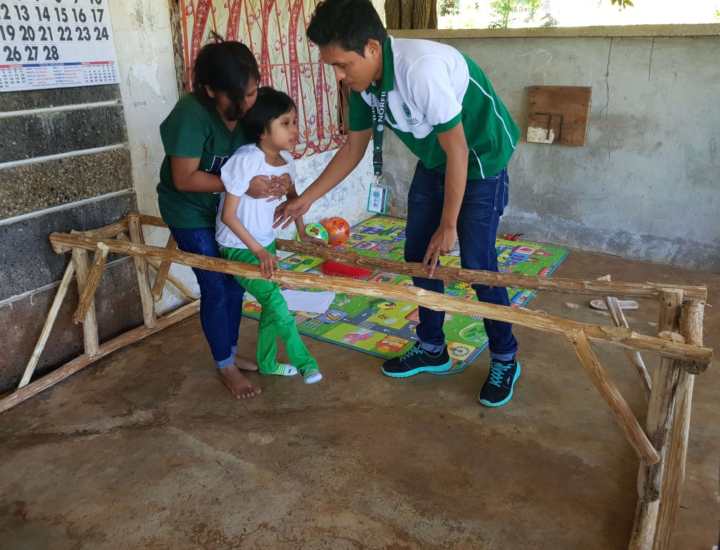
Clubfoot treatment means Eyob can now run
“Now I can run!” Eyob said in an excited voice as he came to collect a t-shirt for the Ethiopian Great Run children’s race. He was running excitedly around the hospital grounds. Even the camera operator was having a hard time taking Eyob’s picture. His clubfoot treatment had made the difference between pain and difficulty walking and being able to run.
Eyob was one of 50 children provided with a t-shirt by the National Clubfoot Program in preparation for the run. For these 50 children, their dream of running had been realised through clubfoot treatment obtained from a doctor at one of the clinics supported by a CBM partner.
These children have been promoting the Clubfoot Program’s motto, “Let us meet the dream of a child to run,” urging others with clubfoot to be successfully treated.
Through CBM Australia’s partner clubfoot program in Ethiopia, children who may have otherwise lived with severe clubfoot for life, and depending on risk factors in their environment, potentially increased disadvantage and poverty, were able to participate in the race.
How we help provide physical rehabilitation
Our work has addressed the ripple effects of the pandemic by supporting people with disabilities who were unable to access rehabilitation or medical care due to the closure of health clinics.
We assisted support, employment and livelihood groups to stay in touch when they were no longer able to meet face to face.
Rohingya, Bangladesh
The Rohingya refugee crisis has been ongoing for several years, with thousands of Rohingya refugees fleeing their homes in Myanmar due to violence and persecution.
Many of these refugees have sought shelter in Cox’s Bazar, a district in Bangladesh that is home to the world’s largest refugee settlement.
In response to the needs of people with disabilities in the Rohingya refugee camp, CBM and our partners established programs to provide essential rehabilitation services in refugee camps, which includes physiotherapy, occupational therapy and hearing and vision screenings.
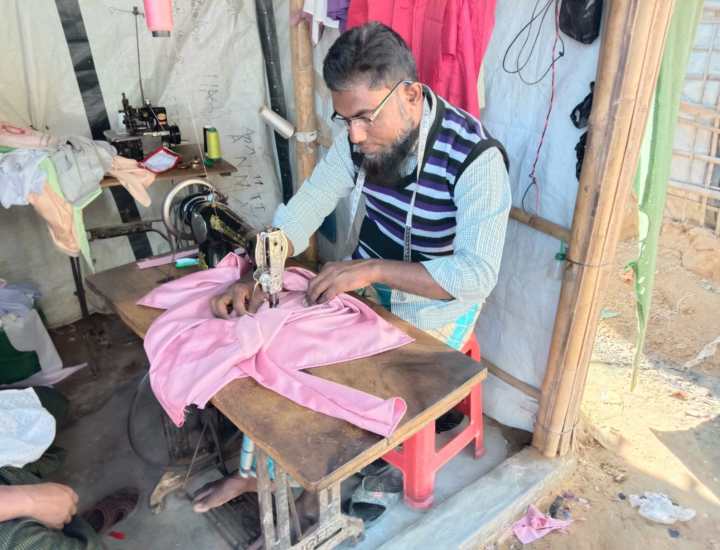
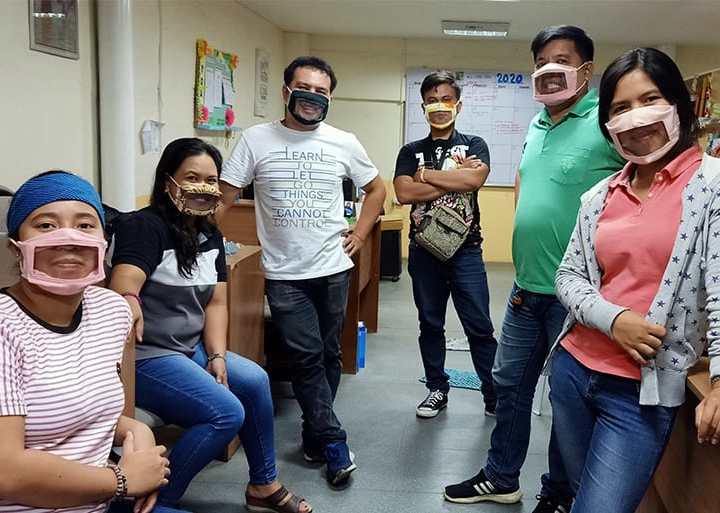
The Philippines
The Cebu and Northern Samar regions have shown a great commitment to providing children and youth diagnosed with disabilities with the necessary care, even in the midst of the COVID-19 pandemic.
Despite the challenges posed by lockdowns, more than 1,100 children and youth were provided with home rehabilitation therapy, education and referral for medical support. And, to ensure people who are deaf remained informed and engaged in communications, inclusive face masks were introduced that allowed people to lip read.
Papua New Guinea
In Papua New Guinea, young children with disabilities face significant barriers to accessing rehabilitation services due to factors such as remote geography and limited resources. Rural early learning centres have emerged as important hubs of support for these children and their families.
Through these centres, children with disabilities can access services that might not have been available to them otherwise, such as rehabilitation.
These services can be critical in helping children with disabilities overcome physical and cognitive challenges and reach their full potential. They also offer a supportive environment for parents to connect.
